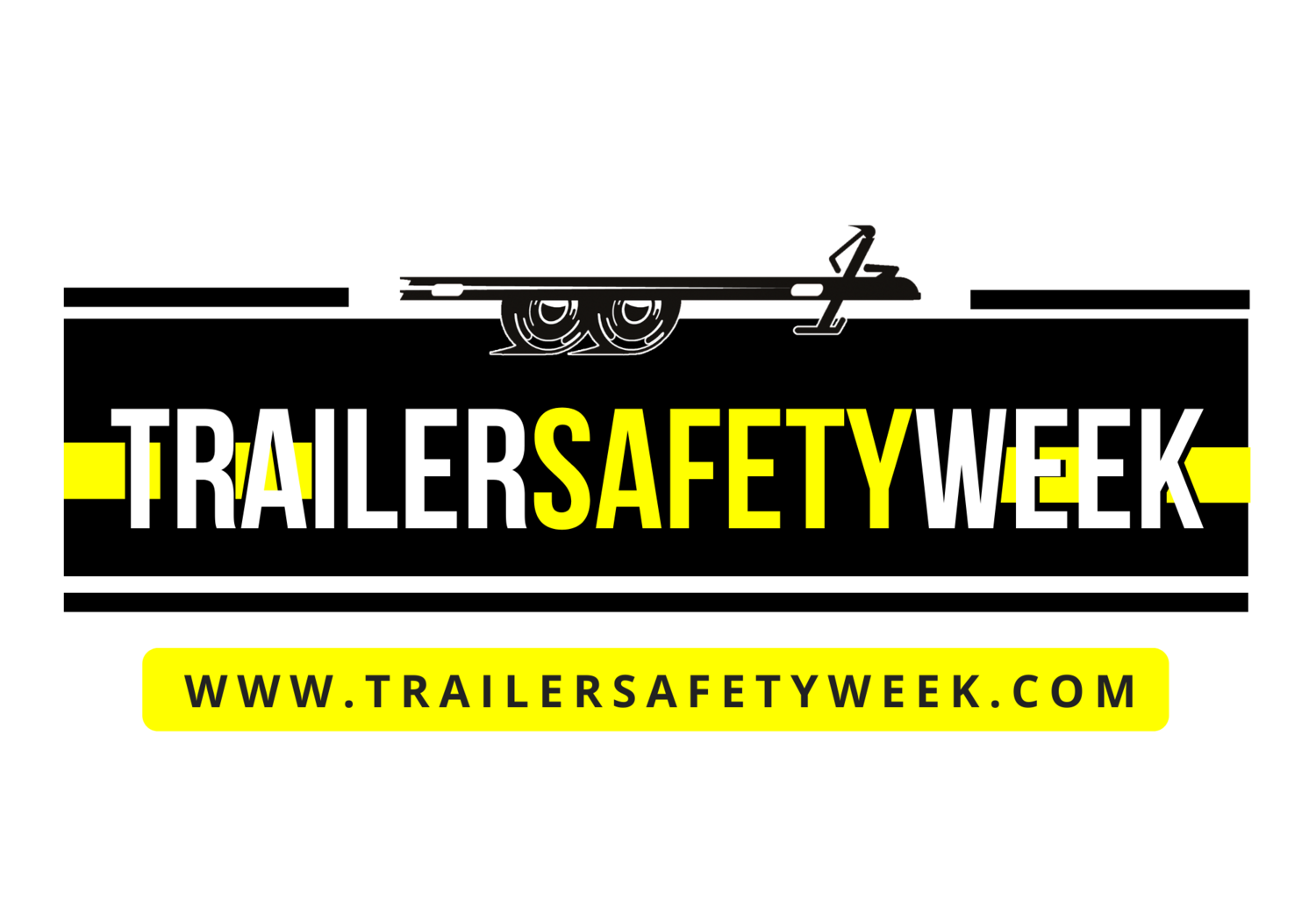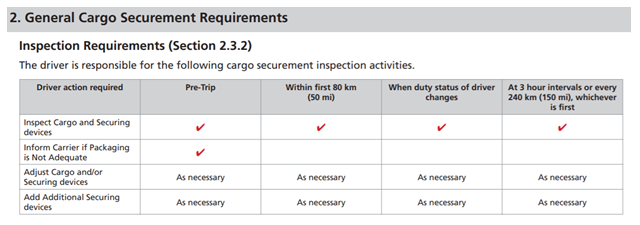Cargo Securement Regulations
Federal regulation governs cargo securement for various commodities and for commercial towing. While these regulations are applicable to a specific towing audience, these practices might still be advisable in non-commercial settings.
Cargo Securement for Commercial Loads:
The Federal Motor Carrier Safety Administration (FMCSA) publishes cargo securement rules. These rules apply to motor carriers operating in interstate commerce and are based on the North American Cargo Securement Standard Model Regulations. These rules can be found on the FMCSA website.
Cargo-carrying motor vehicles are defined in 49 CFR §390.5
Definitions:
Commercial Motor Vehicle
Commercial motor vehicle means any self-propelled or towed motor vehicle used on a highway in interstate commerce to transport passengers or property when the vehicle—
(1) Has a gross vehicle weight rating or gross combination weight rating, or gross vehicle weight or gross combination weight, of 4,536 kg (10,001 pounds) or more, whichever is greater; or
(2) Is designed or used to transport more than 8 passengers (including the driver) for compensation; or
(3) Is designed or used to transport more than 15 passengers, including the driver, and is not used to transport passengers for compensation; or
(4) Is used in transporting material found by the Secretary of Transportation to be hazardous under 49 U.S.C. 5103 and transported in a quantity requiring placarding under regulations prescribed by the Secretary under 49 CFR, subtitle B, chapter I, subchapter C.
Aggregate Working Load Limit
The summation of the working load limits or restraining capacity of all devices used to secure an article of cargo on a vehicle.
Which types of commercial motor vehicles are subject to the cargo securement standards of this subpart, and what general requirements apply?
(a) Applicability. The rules in this subpart are applicable to trucks, truck tractors, semitrailers, full trailers, and pole trailers.
(b) Prevention against loss of load. Each commercial motor vehicle must, when transporting cargo on public roads, be loaded and equipped, and the cargo secured, in accordance with this subpart to prevent the cargo from leaking, spilling, blowing or falling from the motor vehicle.
(c) Prevention against shifting of load. Cargo must be contained, immobilized or secured in accordance with this subpart to prevent shifting upon or within the vehicle to such an extent that the vehicle's stability or maneuverability is adversely affected.
Intervals for Inspection of Cargo and Securement Devices
Commercial regulation (49 CFR §392.9) requires inspection of cargo and securement devices at the following intervals;
Before taking the vehicle on the road
Within 50 miles of the start of the trip
At regular intervals based on whichever occurs first;
Every 150 miles
Every 3 hours of driving
Each Duty Status Change


